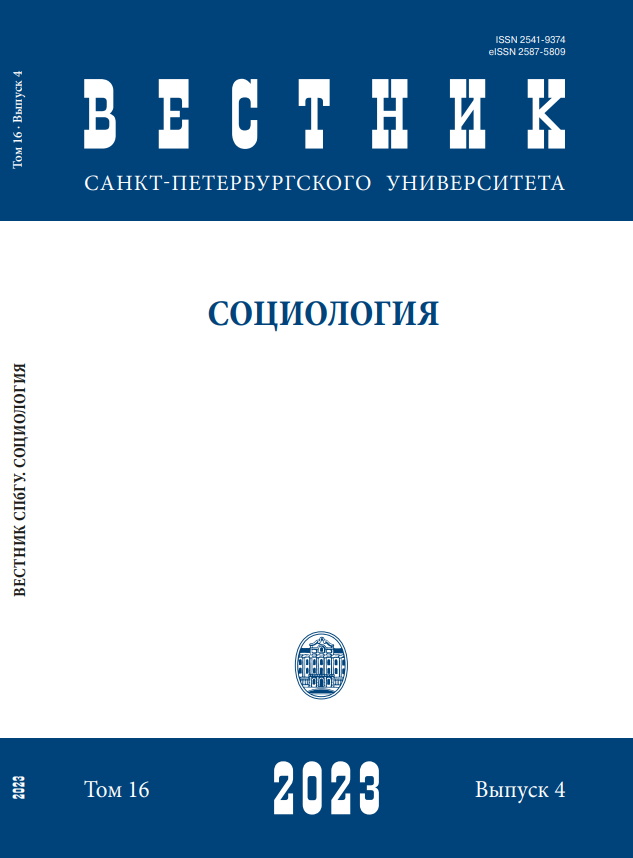High school students’ assessment of cyberbullying and its prevention in the school environment
DOI:
https://doi.org/10.21638/spbu12.2023.404Abstract
The prevalence of cyberbullying in school indicates the need to strengthen school prevention. A first step in this direction would be to study student assessments of both types of cyberbullying and methods of preventing it. This became the purpose of the study. The study used the author’s tools. An online survey of high school students was conducted, which was organized first at school with high school students accessing the Internet using a special code, then the survey was continued on the Google Forms service, where the high school students themselves invited their peers to participate in the study. In both cases, nonrandom purposive sampling was used. The most common type of cyberbullying in schools is trolling. Cyberbullying may be due to the personality characteristics of the aggressor, insufficient preparation of adolescents for conflict-free interaction, the presence of student provocateurs, the desire for revenge, etc. Children from poor families and successful students were classified as potential victims. Students are confident that in the event of persecution, victims will rarely appeal to school staff for help. They would prefer to talk about it with friends and parents. At the same time, school employees are assessed as persons capable of influencing the situation with cyberbullying. Teenagers believe that for prevention it is necessary to pay attention to environmental, informational, educational and psychological aspects. They believe that the environmental aspect should include a change in the attitude of teachers towards the problems and lives of students. The authors come to the conclusion that it is necessary to study the opinions of adolescents about cyberbullying and its prevention in the school environment regularly. This will allow us to move away from a formal approach to prevention and create conditions for the active inclusion of adolescents in solving the problem.
Keywords:
teenagers, school environment, cyberbullying, types of cyberbullying, cyberaggression, victim of cyberbullying, prevention
Downloads
References
Olweus D. Bullying at school: Wykład prof. Dan Olweus at the Europejski Kongres Przeciwdziałania Przemocy Szkolnej “Szkoła bez przemocy”, Warsaw, 15 września 2010. URL: https://web.archive.org/web/20200321113218/http://www.szkolabezprzemocy.pl/pliki/237-olweus-eng.pdf (дата обращения: 14.06.2023).
Downloads
Published
How to Cite
Issue
Section
License
Articles of "Vestnik of Saint Petersburg University. Sociology" are open access distributed under the terms of the License Agreement with Saint Petersburg State University, which permits to the authors unrestricted distribution and self-archiving free of charge.




